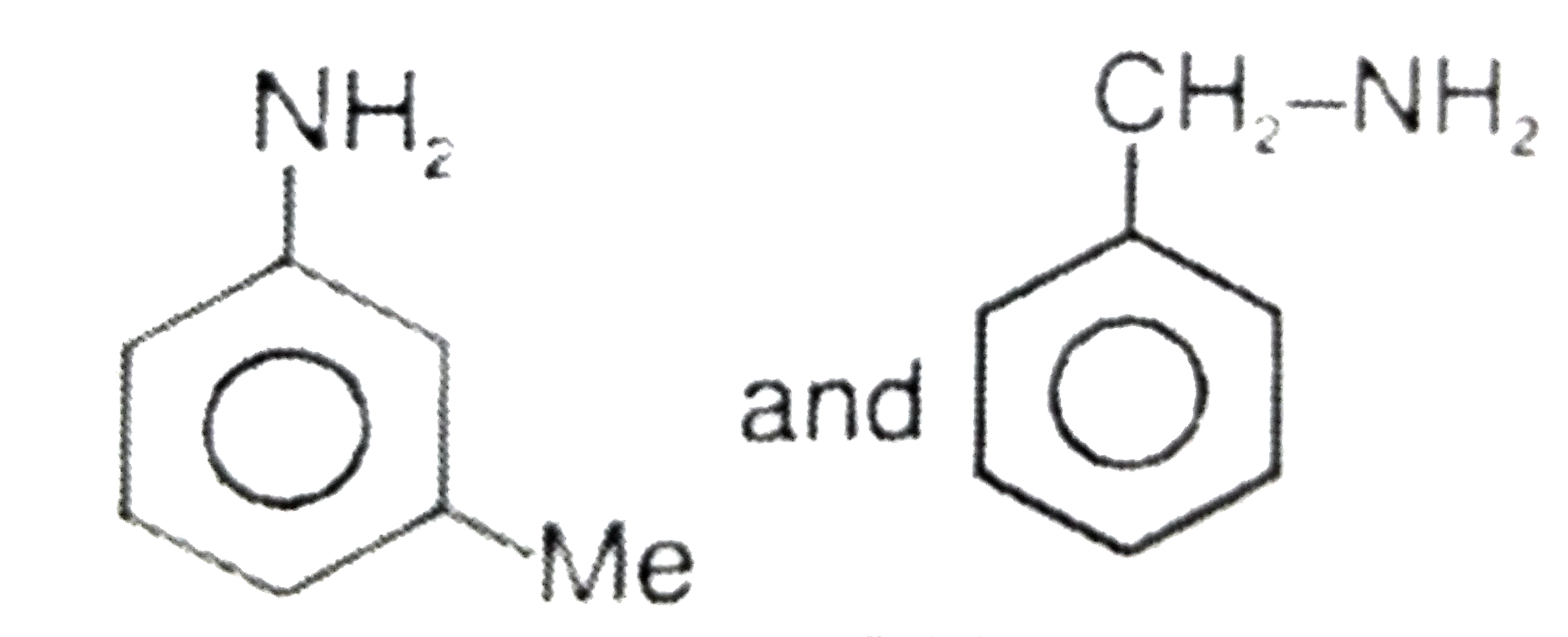A monocot can be distinguished from a dicot by :-
Aestivation
Venation
Both (1) & (2)
Placentation
The correct Answer is:B
To distinguish a monocot from a dicot, we can follow these steps:
1. Understanding Monocots and Dicots:
- Monocots (monocotyledons) are plants that have one cotyledon (seed leaf) in their seeds.
- Dicots (dicotyledons) have two cotyledons in their seeds.
2. Identifying Key Characteristics:
- There are several characteristics that differentiate monocots from dicots, including leaf venation, flower parts, and root systems.
3. Focusing on Venation:
- One of the most distinctive features is the pattern of leaf venation.
- In monocots, the leaf veins are usually parallel. This means that the major veins run alongside each other from the base to the tip of the leaf.
- In dicots, the leaf veins form a network or a branching pattern, known as reticulate venation.
4. Evaluating Other Characteristics:
- While other characteristics like estivation (arrangement of floral parts) and placentation (arrangement of ovules within the ovary) can also differ, they are not as definitive as venation for distinguishing between monocots and dicots.
- For example, estivation can be similar in both groups, and placentation can vary widely within each group.
5. Conclusion:
- Therefore, the most reliable way to distinguish a monocot from a dicot is by examining the leaf venation. Monocots exhibit parallel venation, while dicots exhibit reticulate venation.
Final Answer:
A monocot can be distinguished from a dicot by venation.
---
- Monocots (monocotyledons) are plants that have one cotyledon (seed leaf) in their seeds.
- Dicots (dicotyledons) have two cotyledons in their seeds.
- There are several characteristics that differentiate monocots from dicots, including leaf venation, flower parts, and root systems.
- One of the most distinctive features is the pattern of leaf venation.
- In monocots, the leaf veins are usually parallel. This means that the major veins run alongside each other from the base to the tip of the leaf.
- In dicots, the leaf veins form a network or a branching pattern, known as reticulate venation.
- While other characteristics like estivation (arrangement of floral parts) and placentation (arrangement of ovules within the ovary) can also differ, they are not as definitive as venation for distinguishing between monocots and dicots.
- For example, estivation can be similar in both groups, and placentation can vary widely within each group.
- Therefore, the most reliable way to distinguish a monocot from a dicot is by examining the leaf venation. Monocots exhibit parallel venation, while dicots exhibit reticulate venation.
A monocot can be distinguished from a dicot by venation.
Topper's Solved these Questions
- STRUCTURAL ORGANISATION IN PLANTS (MOPRHOLOGY OF FLOWERING PLANTS & ANATOMY OF FLOWERING PLANTS)BOOK - ALLENCHAPTER - STRUCTURAL ORGANISATION IN PLANTS (MOPRHOLOGY OF FLOWERING PLANTS & ANATOMY OF FLOWERING PLANTS)EXERCISE - Exercise-IV (Assertion & Reason)
52 Videos
- STRUCTURAL ORGANISATION IN PLANTS (MOPRHOLOGY OF FLOWERING PLANTS & ANATOMY OF FLOWERING PLANTS)BOOK - ALLENCHAPTER - STRUCTURAL ORGANISATION IN PLANTS (MOPRHOLOGY OF FLOWERING PLANTS & ANATOMY OF FLOWERING PLANTS)EXERCISE - Beginner Box-1
4 Videos
- STRUCTURAL ORGANISATION IN PLANTS (MOPRHOLOGY OF FLOWERING PLANTS & ANATOMY OF FLOWERING PLANTS)BOOK - ALLENCHAPTER - STRUCTURAL ORGANISATION IN PLANTS (MOPRHOLOGY OF FLOWERING PLANTS & ANATOMY OF FLOWERING PLANTS)EXERCISE - AIPMT 2014
17 Videos
- STRATEGIES FOR ENHANCEMENT IN FOOD PRODUCTION & ANIMAL HUSBANDRYBOOK - ALLENCHAPTER - STRATEGIES FOR ENHANCEMENT IN FOOD PRODUCTION & ANIMAL HUSBANDRYEXERCISE - Question
47 Videos
- STRUCTURAL ORGANISATION OF ANIMALS (ANIMALTISSUE)BOOK - ALLENCHAPTER - STRUCTURAL ORGANISATION OF ANIMALS (ANIMALTISSUE)EXERCISE - S
32 Videos
Similar Questions
Knowledge Check
 can be distinguished byAI2+NaOHBNaSO3HCNaCN/HClD2,4-DNP
can be distinguished byAI2+NaOHBNaSO3HCNaCN/HClD2,4-DNPA transverse section of a young dicot root can be distinguished from that of a young dicot stem by the presence of :
AA) radial arrangements of xylem and phloemBB) interfascicular cambiumCC) intrafascicular cambiumDD) collateral arrangement of xylem and phloem
Male Frog can be distinguished from female by
View SolutionMethanol can be distinguished from ethanol by the following except :
View SolutionAn artery can be distinguished from a vein in having
View SolutionPhenol can be distinguished from ethanol by the following reagents except
View SolutionHow can phenol be distinguished from carboxylic acid ?
View SolutionFormic acid can be distinguish from acetic acid because formic acid
View Solution

 can be distinguish by
can be distinguish by